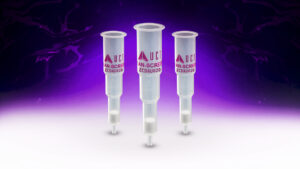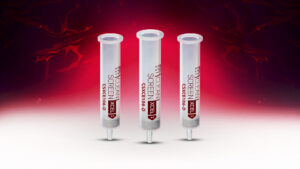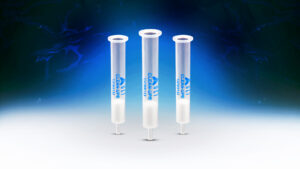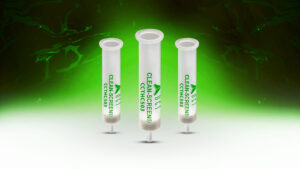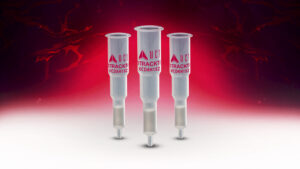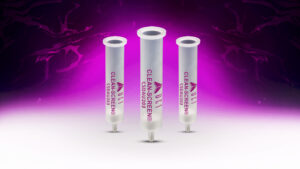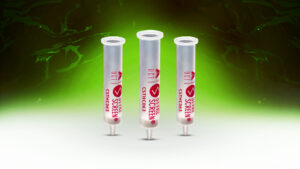Clean Screen® DAU cited in research on simultaneous analysis of Caffeine and metabolites by GCMS
Caffeine and its major metabolites; Theobromine, Theophylline and Paraxanthine are routinely monitored by anti-doping agencies as potential performance enhancers. Similar precursors and product ions of Theophylline and Paraxanthine makes the LCMS analysis of this panel very challenging. The aim of the study was to develop an efficient extraction and analysis method for caffeine and metabolites…

